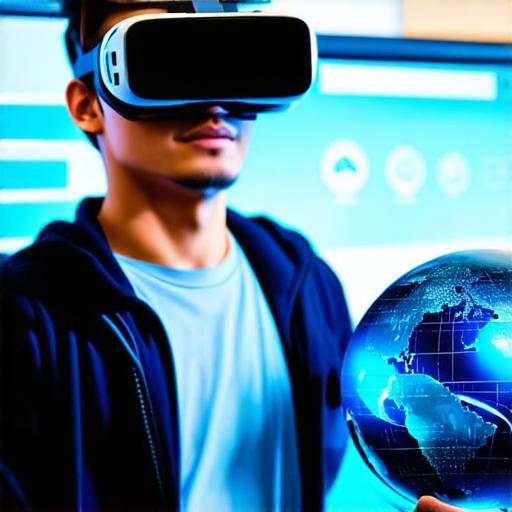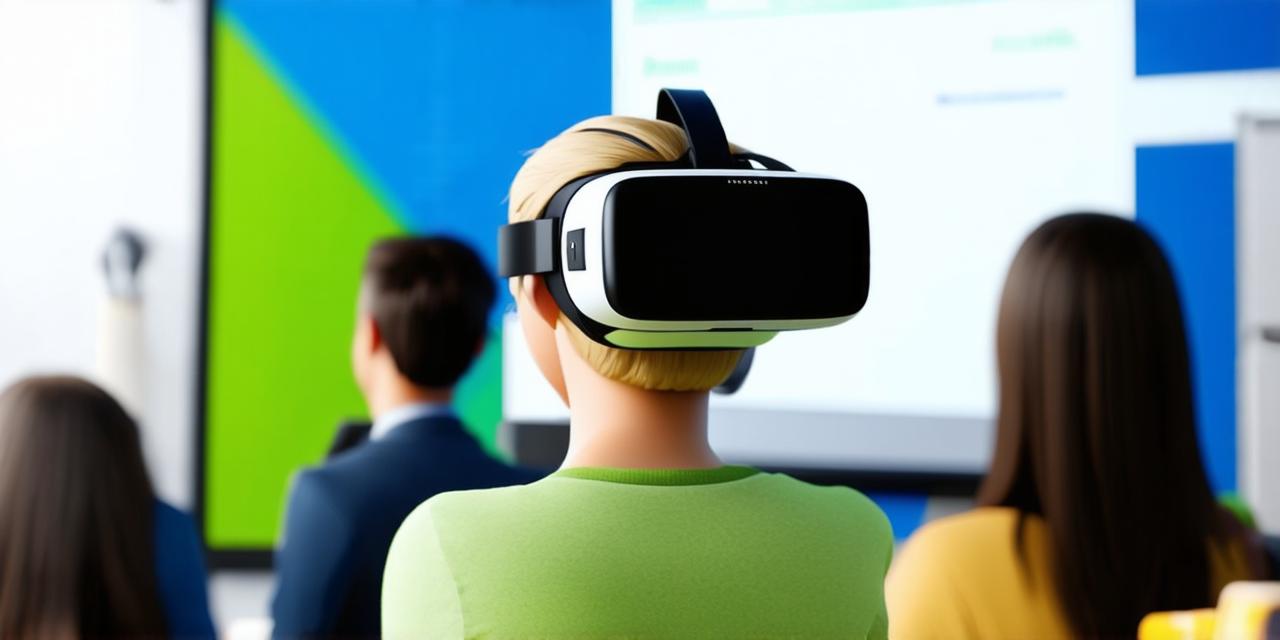Virtual reality (VR) technology has gained widespread attention for its potential to enhance learning experiences in educational settings. VR offers a unique opportunity to create immersive, interactive, and engaging environments that can facilitate students’ understanding of complex concepts.
1. Introduction to Virtual Reality in Education
Virtual reality technology involves using sensors and computer algorithms to create a simulated environment that mimics the real world. In education, VR can be used to create immersive and interactive experiences that allow students to explore and interact with virtual objects and environments.
2. Benefits of Virtual Reality in Education
a. Enhanced Learning Experience: VR provides an opportunity for students to learn through direct experience rather than just reading or listening to lectures. This can lead to a better understanding of complex concepts, as students are able to interact with virtual objects and environments in a more realistic way.
b. Increased Engagement: VR can be used to create highly engaging and interactive experiences that capture students’ attention and motivate them to learn.
c. Improved Retention: By providing an immersive and memorable learning experience, VR can help students retain information better than traditional teaching methods.
d. Cost-Effective: VR technology is becoming more affordable and accessible, making it a cost-effective solution for schools and universities looking to enhance their educational offerings.
3. Challenges of Virtual Reality in Education
a. Technical Issues: VR technology can be complex and requires specialized training to use effectively. This can pose challenges for teachers and students who may not have access to the necessary resources or support.
b. Safety Concerns: The use of VR technology can also raise safety concerns, particularly if students are not properly supervised or trained in how to use the equipment safely.
c. Cost: Although VR technology is becoming more affordable, it can still be a significant investment for schools and universities, particularly for smaller institutions with limited budgets.

4. Implementing Virtual Reality in Educational Settings
a. Choosing the Right Technology: Schools and universities must carefully choose the right VR technology to suit their needs and budget. This may involve selecting hardware and software that is compatible with existing equipment or investing in new equipment if necessary.
b. Developing Content: In order to be effective, VR experiences must be well-designed and engaging. Educators must work collaboratively to develop content that aligns with learning objectives and is tailored to the needs of their students.
c. Training Teachers and Students: Proper training is essential for both teachers and students in order to effectively use VR technology. This may involve providing specialized training on how to use the equipment or developing curriculum around the use of VR in the classroom.
5. Conclusion
Virtual reality technology has the potential to revolutionize education by offering immersive, interactive, and engaging experiences that can facilitate students’ understanding of complex concepts. While there are challenges associated with implementing VR in educational settings, the benefits of this technology make it a valuable tool for schools and universities looking to enhance their teaching offerings. As technology continues to evolve, we can expect to see more innovative applications of VR in education that will continue to transform the way we teach and learn.
